What’s the “right” way to write a resume or conduct a job search?
People ask me questions all the time about how many pages a resume should be; whether to include an Objective statement; what the value is of a web portfolio; etc. The fact is, there is no clear cut answer to many of these questions, and the answers change year by year, even day by day. They certainly can change depending on who you are, what industry you’re in, and what your experience level is.
Ask the Experts
Given that resume writing and job search strategies are constantly changing, I feel fortunate that there is a coalition of experts who spend a lot of time thinking about these issues, and even more fortunate that they share their wisdom each year.
On December 30, 2010, a consortium of 156 career experts from the U.S., Canada and the U.K. met to brainstorm about career and employment issues. They published their findings on March 14, 2011 in Findings of 2010 Global Career Brainstorming Day: Trends for the Now, the New & the Next in Careers. As my readers, you are privy to the valuable findings of this group of Career Thought Leaders.
The latest trends in resume writing and job search strategies include:
- Your Google results are the new resume. Build a strong online presence so you look good when those results come up. And monitor your Google results routinely in case of anything fishy!
- Keep it short. Three-page resumes are discouraged, regardless of your experience level. Use “extras” or addenda if necessary for publications, technology qualifications, consulting experience, etc.
- Culture fit is more important than your skill set. Companies hire people, not resumes.
- Web portfolios are not as useful as you might think in most industries.
- Brand yourself! Keep your brand consistent throughout your job search documents.
- DO use a Core Competencies or Key Strengths section.
- DO put a testimonial or two on your resume.
- DO use tasteful graphic touches, including borders, text boxes or graphs when appropriate.
- Show the company what YOU can do for THEM. Write resume bullets that clearly show the problem you solved and how you solved it.
- If possible, write your intended job title instead of “Summary of Qualifications” above your summary. This structure makes your objective clear, and allows you to write a summary of your offerings instead of an objective.
- DO send paper resumes! They will make you stand out from the crowd.

- DO send a cover letter. Do not expect that it will be read. However, in some cases it is read first, so assume it will be read.
- E-cover letters (in the body of an email) can be short and sweet.
- Have a bio available in addition to a resume as an alternative introduction to a resume.
- Format your resume in Microsoft Word .doc format. Have a plain text resume available as well.
- Use Twitres (www.twitres.com) to display your resume on Twitter. Use Box.net to display your resume on LinkedIn (Box.net is my personal tip)
- Networking is still the absolute best way to get a job. Job boards just are not an effective tool for job search, although you should use them as part of your strategy. Only 13.2% of external hires in Fortune 500 companies came from job boards, whereas 26.7% came from referrals and 22.3% came from employer career sites. Overall, somewhere between 65-95% of all new hires come as a result of networking. That’s a pretty staggering statistic!
- Social networking an essential job search strategy, and LinkedIn tops the chart. 80% of recruiters use social media to recruit candidates. You absolutely MUST have a strong presence on LinkedIn, “the #1 online networking platform for job seekers” according to the report.
- Clear skeletons out of your closet if you can. With so many candidates vying for each open position, any red flags mean your application is put in the “no”pile. Employers will go back 20-30 years to make sure your record is clean.
- Become savvy with virtual technology. You might be required to attend a virtual interview, or you might choose to create a web-based resume or portfolio to get some extra notice. Need help to manage it all? Many job seekers are hiring virtual assistants just to keep up with it all!
If you want to read more detail about these top 20 points, please go to the full article, Findings of 2010 Global Career Brainstorming Day: Trends for the Now, the New & the Next in Careers.
Were you surprised by any of the findings? What did you learn? Please share in the comments below.

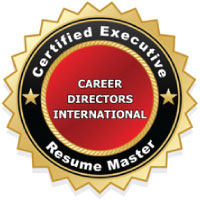
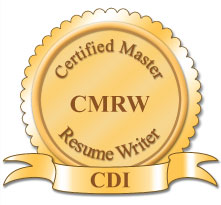
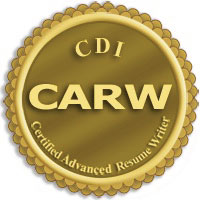
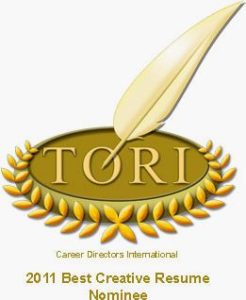
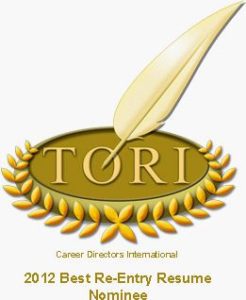
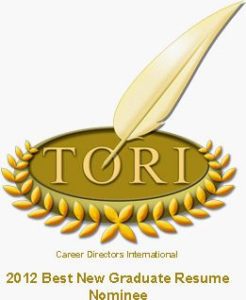
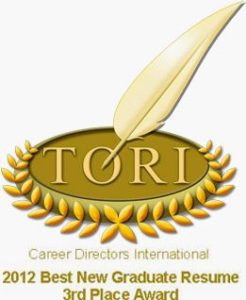
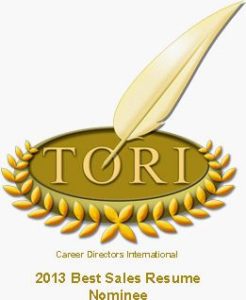
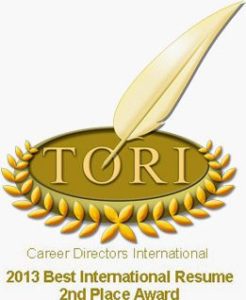

Thanks for your comment Stuart. Yes, any cover letter must include a value proposition, and sometimes the value proposition is a simple first paragraph that grabs the reader’s attention. Here’s an example from the blog, Notes from the Job Search Seattle:
Note how the writer makes it clear from the get-go how he will benefit the company to which he is applying.
Dear Ms Smith:
Over the last ten years I have had the opportunity to create three teams that support information technology and that have consistent, extraordinary results. In each of these cases, my team exceeded expectations significantly, built exceptionally robust systems and high levels of customer/user satisfaction, while remaining under budget. One of these teams rebuilt a corporate technology infrastructure including development of standards -based computing, increased uptime to more than 99%, and implemented a common “Electronic Client Health Record” across six distinct departments.
I would love to provide a similar level of support for your company and will call you to chat about how I can help on xxxx the xx of xxxx.
Great advice! When I look at resumes, i notice they all tend to use the same words and phrases which prevents them from standing out. Following your guide would certainly help. I’ll pass it along!
Thank you Dianne! And thanks for the beautiful flower… spring is on its way!